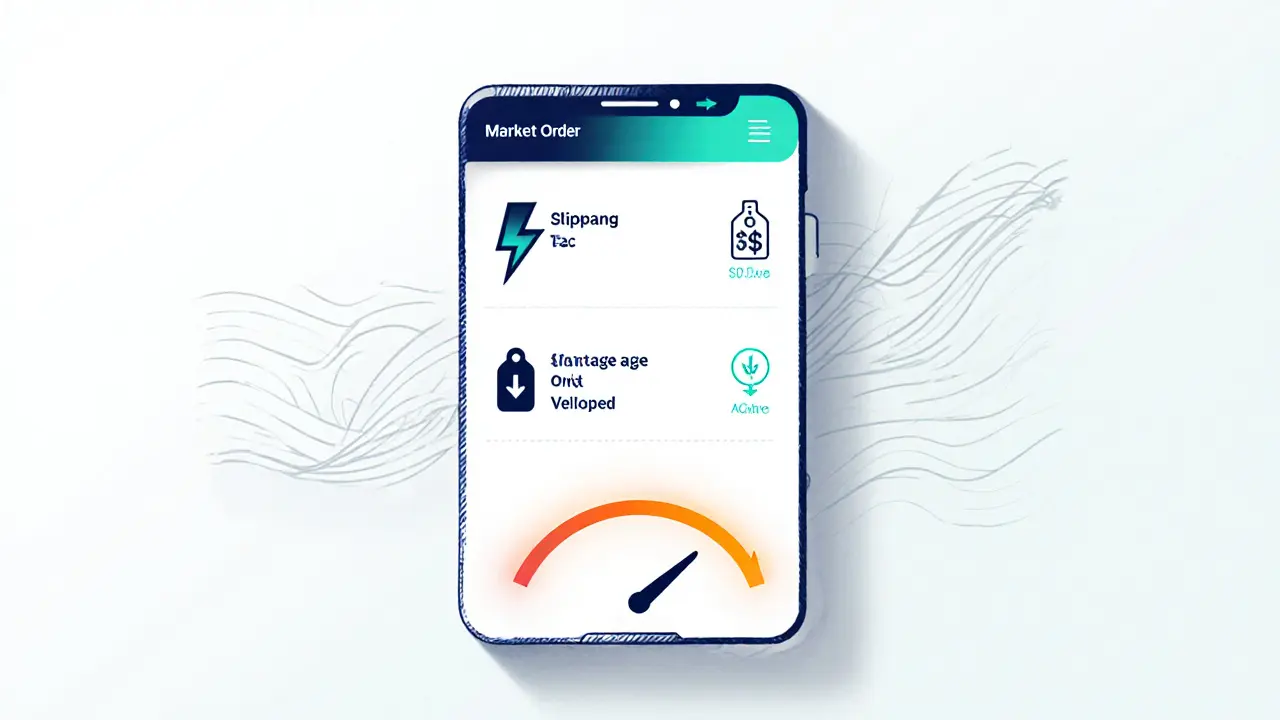Market Orders – Basics, Benefits, and How to Use Them
When working with market orders, orders that execute immediately at the best available price. Also known as market execution, they let traders enter or exit positions without waiting for a specific price level. Because they hit the order book right away, market orders are the go‑to tool for fast‑moving markets or when you need certainty that a trade will fill. The trade‑off is that you cede control over the exact price, which can lead to slippage especially on thinly traded assets.
Another core order type is limit orders, instructions to buy or sell only when a set price is reached. Limit orders give you price certainty but no guarantee of execution; they sit in the book until market participants match your price. In practice, many traders combine market and limit orders to balance speed and price precision.
A related concept is stop orders, triggers that convert into market or limit orders once a predefined price is touched. Stop orders are useful for protecting gains or limiting losses. When the stop price is breached, the order becomes active and follows the rules of its designated type, often a market order for rapid exit.
All these order execution, the process by which an exchange matches your request with counter‑offers mechanisms share a common goal: moving your position. Execution speed, liquidity depth, and prevailing volatility all shape the final price you receive. Understanding how each order type interacts with the order book helps you anticipate slippage and manage risk.
Why Traders Choose Market Orders
Many traders favor market orders when timing is critical—think news‑driven spikes, arbitrage opportunities, or liquidating a position before a market closes. The core advantage is certainty of fill; you know the trade will happen, even if the exact price shifts a few ticks. This certainty aligns well with short‑term strategies like scalping, where every second counts.
Conversely, if you’re building a longer‑term position, you might start with a market order to secure a baseline exposure, then layer limit orders to fine‑tune your average entry price. This hybrid approach leverages the immediacy of market orders while still capturing better pricing when the market pulls back.
Risk management also benefits from market orders. In a rapidly falling market, a stop‑loss that triggers a market order can prevent larger losses compared to a stop‑limit that might never fill. The key is to weigh the potential price impact against the need for swift protection.
In summary, market orders, limit orders, and stop orders form a toolbox that lets you match execution style to market conditions. By grasping their strengths and limits, you can craft trading strategies that balance speed, price control, and risk.
Below you’ll find a curated set of guides covering everything from buying crypto with fiat in China to deep dives on DeFi lending, exchange reviews, and token‑specific analyses—each touching on order types or execution in real‑world scenarios. Dive in to see how these concepts play out across different markets and assets.
Market Orders vs Limit Orders: How They Work in Order Books
Learn how market orders and limit orders work inside an order book, when to use each, and how they affect speed, price, slippage and liquidity.
VIEW MORE
